
A blog focusing on 1/64 diecast from such popular brands as Hot Wheels, Matchbox, Johnny Lightning, M2 Machines, GreenLight, Tomica, Yat Ming, Majorette, MotorMax, Siku, Corgi, Guisval, Playart, Ertl, Zylmex, Racing Champions, & many more. Swifty's Garage features a daily Car Of The Day and news updates from your favorite brands!
Wednesday, August 17, 2011
Car Of The Day: August 17, 2011
Today's car of the day is Matchbox's 1989 Chevrolet Lumina.
The North American Chevrolet Lumina sedan , coupe and minivan were first introduced in 1989 for the 1990 model year as a new range of vehicles from the Chevrolet brand of General Motors to replace both the Chevrolet Celebrity sedan, and the Monte Carlo coupe. The Lumina was an answer from General Motors to the Ford Taurus. All Luminas were built at the Oshawa Car Assembly plant, in Ontario, Canada. The Chevrolet Lumina had the longest length from any other W-body car at the time.
Consumers were ultimately confused by having two different vehicles (the Lumina sedan and the Lumina APV minivan) share the same name, and the concept was eventually dropped when the Lumina APV was replaced by the Chevrolet Venture in 1997.
The namebadge is also used on a variety of vehicles in the Holden Commodore family sold in the Middle East and South Africa.
For more information and pictures of the real car please visit: Chevrolet Lumina
Because the NASCAR model debuted well before the street model, I'm calling this a 1989 model as opposed to a 1990. The "Days of Thunder" cars actually raced in select 1989 races. Matchbox put a lot of effort into merchandising this movie, but apparently lacked either the time to prepare a new casting from scratch or the tooling money to create one. Believe it or not, this is the 1986 Buick LeSabre stock car with a modified roofline and new front and rear fascias.
The North American Chevrolet Lumina was based on the mid-size GM W platform, which was shared with the Pontiac Grand Prix, Oldsmobile Cutlass Supreme, Oldsmobile Intrigue, Buick Regal and Buick Century (after 1996). Although the Lumina became a popular seller, GM was widely criticized in the motoring press for being late to the game in introducing a direct aero-designed competitor to the Ford Taurus. The Chevrolet Lumina's first generation ended production in 1994, making this the shortest-lived generation of the first-generation GM W-body cars.
In 1989, the Lumina became the nameplate under which Chevrolets were raced in NASCAR, more than a year before the model was available to the public. Irate fans bombarded NASCAR with letters protesting the unfairness of Chevrolet being allowed to race an aluminum car.
Subscribe to:
Post Comments (Atom)

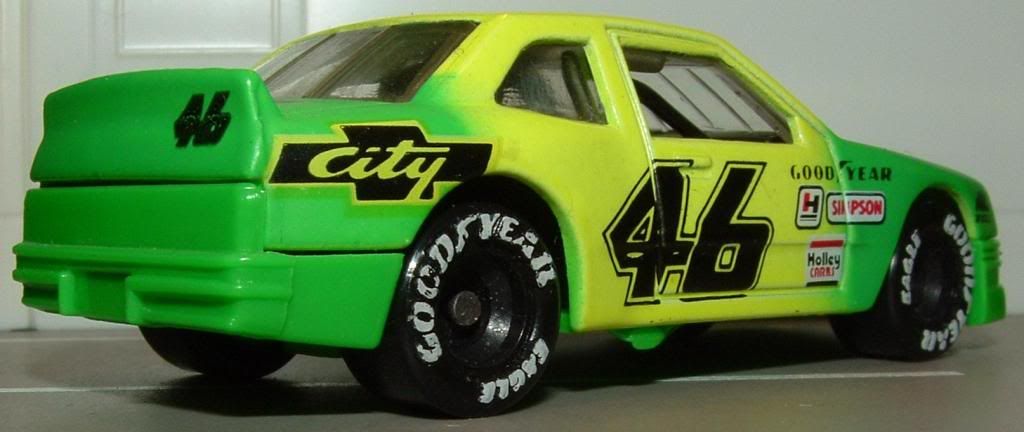
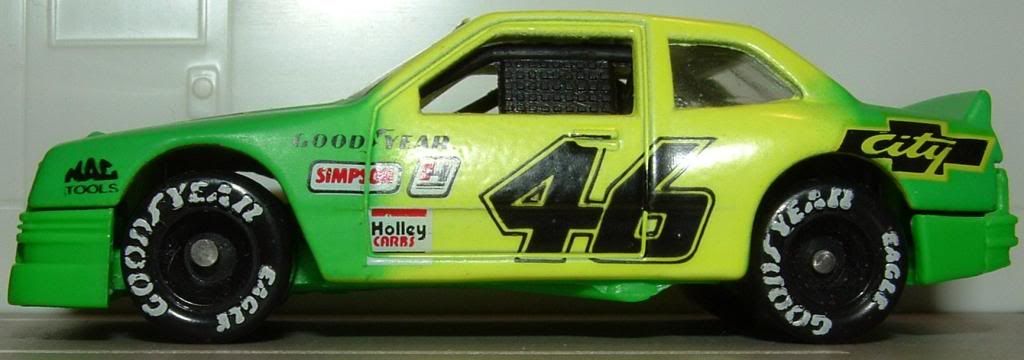
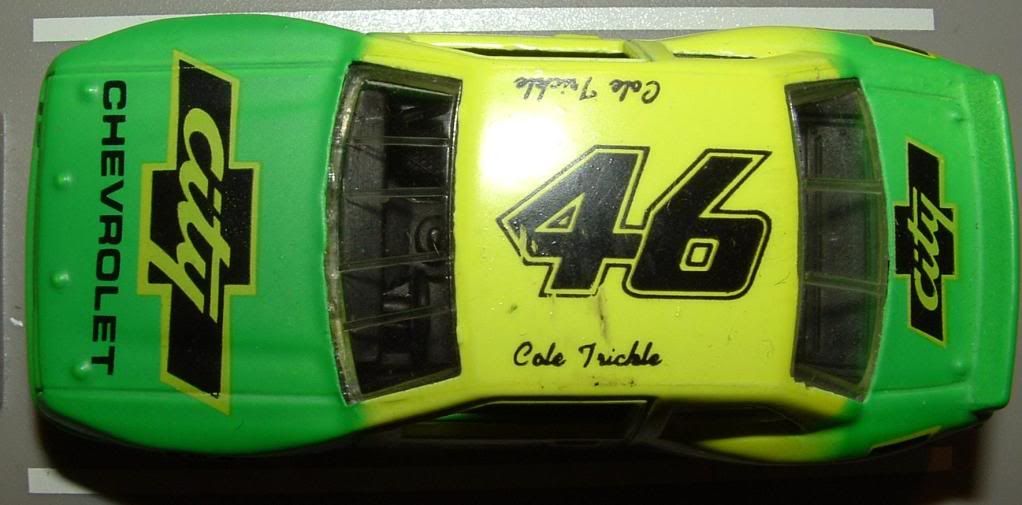
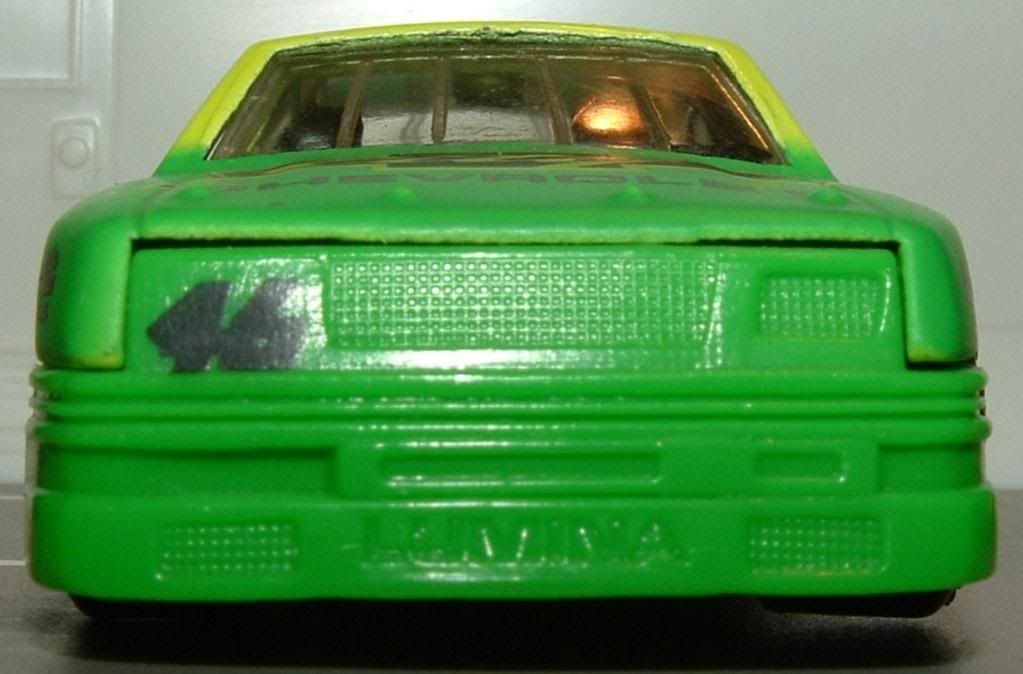
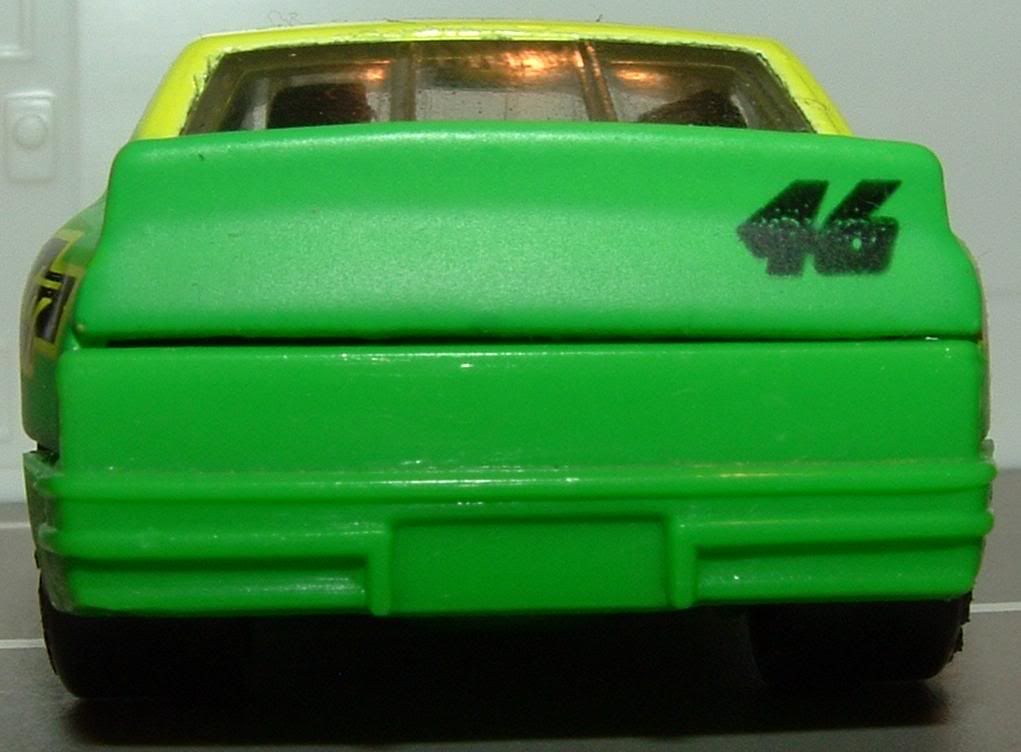
No comments:
Post a Comment